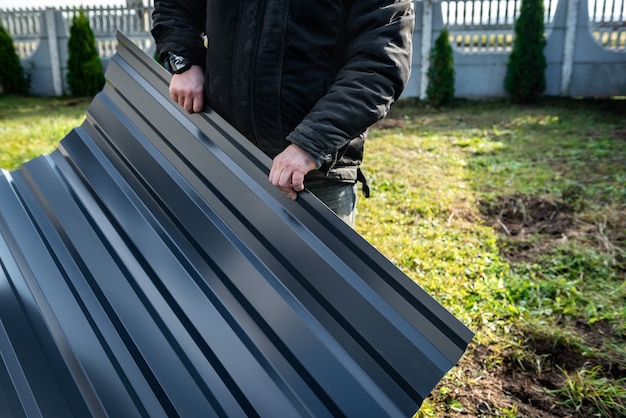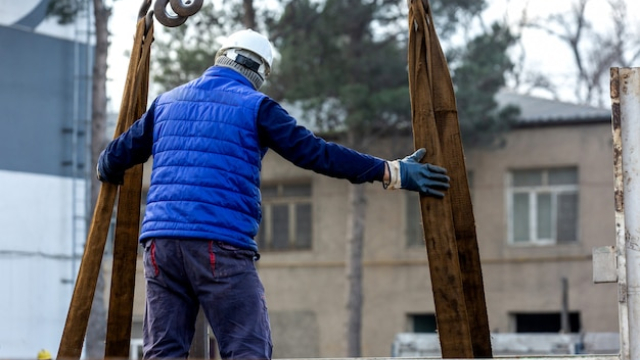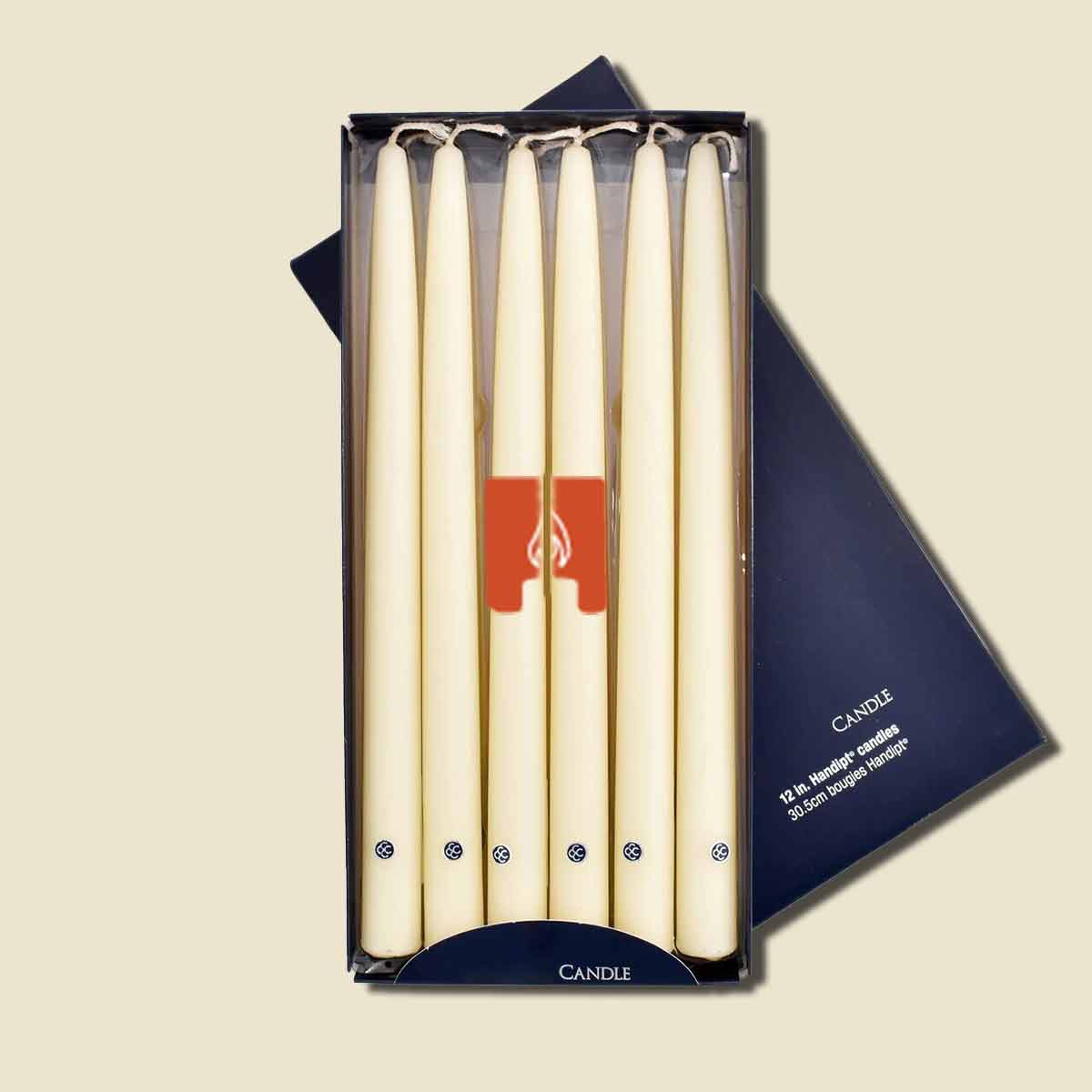Metal buildings offer durability and longevity, but over time, insulation and roofing systems can deteriorate, leading to various issues. In this comprehensive guide, we’ll delve into the intricacies of metal building insulation repairs and roof replacements, ensuring your structure remains secure and energy-efficient for years to come.

Metal Building Insulation Repair and Roofing
Metal buildings offer durability and cost-effectiveness, but without proper insulation and roofing, they can suffer from temperature fluctuations and energy inefficiency. Metal building insulation repair plays a crucial role in maintaining interior comfort levels and reducing energy consumption. It helps regulate temperatures, minimizes condensation, and enhances acoustics. Additionally, choosing the right roofing material is vital for weatherproofing and longevity. Metal roofing options include steel, aluminum, and copper, each offering unique benefits in terms of durability, aesthetics, and maintenance. Understanding the importance of insulation and roofing in metal buildings is key to creating efficient and comfortable spaces for various applications.
Signs of Insulation and Roofing Problems
Recognizing Signs of Insulation and Roofing Problems is crucial for homeowners to prevent costly damages. Look out for telltale signs like water stains on ceilings, drafts, increased energy bills, and sagging rooflines. Insulation issues can lead to temperature inconsistencies and mold growth. Prompt detection and repair can save you from extensive repairs and ensure a comfortable, safe home environment.
Understanding Metal Building Insulation Repairs
Metal building insulation repairs are crucial for maintaining energy efficiency and structural integrity. Whether addressing moisture damage or wear and tear, proper understanding is key. Assessing insulation types, identifying common issues like mold or torn vapor barriers, and implementing effective repair strategies are vital. With diligent inspection and timely repairs, metal buildings can maintain optimal insulation performance for years to come.

Steps for Metal Building Insulation Repairs
A systematic approach to insulation repairs ensures thorough restoration and enhanced performance. Follow these steps for effective metal building insulation repairs.
1. Identify Damaged Areas: Inspect metal building for signs of insulation damage such as moisture, mold, or tears.
2. Remove Damaged Insulation: Carefully remove damaged insulation, ensuring no debris remains.
3. Prepare Surface: Clean and dry the area thoroughly before proceeding.
4. Install New Insulation: Cut and fit new insulation to size, ensuring proper coverage.
5. Seal and Secure: Use appropriate sealing methods to prevent future damage and secure insulation in place.
Introduction to Metal Roof Replacement
Metal roof replacement offers durability and aesthetic appeal for homeowners seeking long-term solutions. This process involves removing old roofing materials and installing new metal panels, ensuring enhanced protection against weather elements. Unlike traditional roofing materials, metal roofs require minimal maintenance and have a longer lifespan, making them a cost-effective choice. Additionally, metal roofs are eco-friendly and energy-efficient, reflecting sunlight to reduce cooling costs. Proper installation by experienced professionals is crucial for optimal performance and longevity. With various metal options available, such as steel, aluminum, and copper, homeowners can customize their roofs to suit their preferences and enhance their property’s value.

Signs Indicating Metal Roof Replacement
When it comes to metal roof replacement, certain signs shouldn’t be ignored. Visible rust spots, loose or missing screws, and dented panels indicate potential structural issues. Interior signs like water stains on ceilings or walls signal leaks. Age is also a factor; if your metal roof is over 50 years old, it might be time for a replacement to ensure continued protection and durability.
Preparation for Metal Roof Replacement
Preparing for metal roof replacement involves several key steps to ensure a smooth and successful process. Begin by assessing the condition of your current roof and determining the appropriate type of metal roofing material. Next, consult with a qualified contractor to obtain estimates and discuss project timelines. Finally, make necessary arrangements for debris removal and any temporary relocation during construction.
Process of Metal Roof Replacement
Metal roof replacement involves several steps to ensure a seamless transition. First, assessment of the existing roof condition is crucial, followed by removal of old materials. Next, installation of insulation and underlayment prepares the surface for the new roof. Then, precise fitting and fastening of metal panels or shingles are done. Finally, inspection guarantees durability and performance.

Cost Factors for Insulation Repairs and Roof Replacement
Understanding the cost factors for insulation repairs and roof replacement is essential for budgeting and planning. Factors such as the size of the roof, type of insulation needed, extent of damage, and labor costs all play a role. Additionally, factors like materials used and the complexity of the job can impact overall expenses. Accurate assessment ensures efficient spending and satisfactory results.
Maintenance Tips for Prolonged Insulation and Roof Lifespan
To ensure prolonged insulation and roof lifespan, regular maintenance is crucial. Start by inspecting for any signs of damage or wear, such as cracks or leaks. Clean gutters and drains to prevent water buildup, which can lead to deterioration. Additionally, schedule professional inspections and repairs as needed. Finally, consider adding extra insulation to enhance energy efficiency and further protect your roof.
Insurance Coverage for Insulation Repairs and Roof Replacements
When it comes to protecting your property, insurance coverage for metal insulation repairs and metal roof replacements is essential. These policies safeguard against unexpected damages caused by weather events, wear and tear, or accidents. With comprehensive coverage, you can rest assured knowing that your investment is secure, ensuring timely repairs and replacements without financial strain.

Conclusion
Metal building insulation repairs and metal roof replacements are essential for maintaining structural integrity and energy efficiency. By prioritizing proactive maintenance and seeking professional assistance when needed, property owners can ensure long-term durability and cost-effectiveness.
FAQ(Frequently Asked Questions)
1. How do I know if my metal building insulation needs repair?
Look for signs such as increased energy bills, drafts, or moisture buildup inside the building.
2. Can I replace my metal roof myself?
While DIY options exist, it’s recommended to hire professionals for optimal results and safety.
3. What factors influence the cost of roof replacement?
Factors include roof size, material choice, labor costs, and any additional structural work required.
4. Are there eco-friendly insulation options for metal buildings?
Yes, options like recycled denim, cellulose, and spray foam offer sustainable alternatives.
5. Will insurance cover the cost of insulation repairs?
Coverage depends on your policy and the cause of damage; consult your insurer for details.



